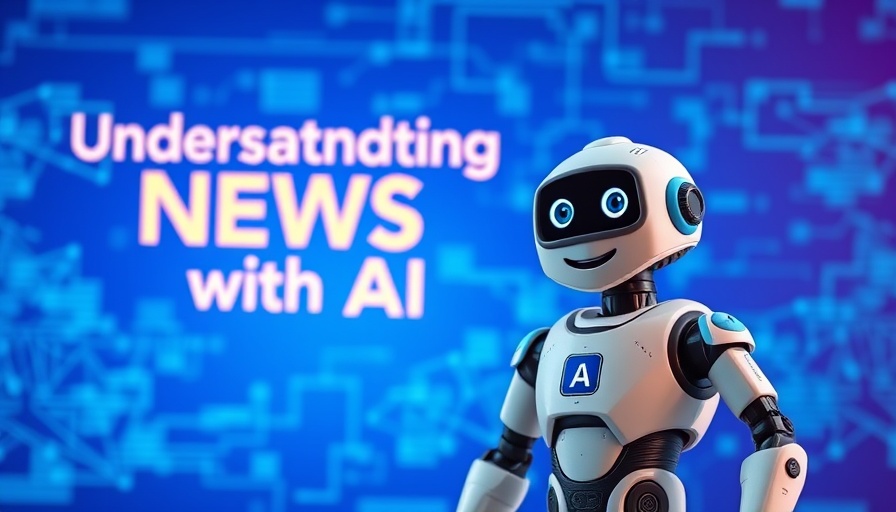
A Paradigm Shift in AI Capital Dynamics: Understanding OpenAI's Strategic Move
The recent $6 billion secondary stock sale by OpenAI, which has catapulted its valuation to an impressive $500 billion, marks a significant turning point in the landscape of artificial intelligence and investment strategies. This move not only addresses immediate liquidity for employees but also symbolizes a wider restructuring in how capital is allocated within the tech sector.
Liquidity and Talent Retention: The New Wage of War in AI
OpenAI's innovative approach to employee compensation demonstrates a proactive strategy in the ongoing talent war in the AI industry. By enabling employees, particularly those with at least two years of tenure, to access immediate liquidity, OpenAI aims to bolster talent retention amid fierce competition from giants like Meta. This financial maneuver reflects a robust understanding of the pressures faced in retaining human capital, especially when competitors are so aggressively poaching skilled personnel.
The urgency for this liquidity event has been underscored by the tech industry’s relentless pursuit of top talent. As these industry titans jockey for market share and expertise, OpenAI’s strategic payout could serve as a crucial buffer. It lies at the intersection of rewarding employees and signaling confidence to investors who seek stability and innovation within an ever-evolving market.
Challenging Traditional Models of Valuation
This secondary stock sale also casts a critical light on traditional public offering models. Rather than follow the conventional path of an IPO, OpenAI's decision to engage in a significant secondary sale indicates a deliberate pivot. Rather than conforming to standard restrictions and scrutiny associated with public markets, OpenAI is leveraging private capital to fuel its innovation.
The valuation leap of 67% from earlier this year highlights the shifting perspective on what constitutes success and growth in the AI sector. Analysts predict revenue for OpenAI might triple this year alone, reaching up to $12.7 billion. This trajectory not only reinforces OpenAI's market confidence but also sets a new precedent for how generative AI firms might operate in the future.
The Ripple Effect on Partners and Stakeholders
In the midst of these changes, partnerships with firms like Microsoft and NVIDIA deserve special attention. As both organizations are critical to the infrastructure that supports OpenAI’s technological advancements, they stand to benefit immensely from OpenAI’s growth trajectory. The demand for AI-driven hardware and cloud services is on the rise, further solidifying these partnerships. Investors keen on AI stocks should consider how these dynamics can influence their portfolio strategies.
Future Insights: What Lies Ahead for AI Investments
Looking forward, the implications of OpenAI's secondary sale extend beyond immediate financial gain. Investors and companies need to contemplate the long-term sustainability of such high valuations in a fast-evolving technological landscape. The reallocation of capital, innovation management, and employee support structures are likely to inform new industry standards.
Moreover, the broader conversation about AI ethics and responsibility is also becoming more prominent. As AI technologies become increasingly integrated into various sectors, the need for employment policies alike OpenAI's to promote both innovation and fairness will be essential in winning public trust.
Conclusion: Why This Matters to AI Enthusiasts
For AI lovers and enthusiasts, understanding OpenAI’s strategic moves offers invaluable insights into how the tech industry is adapting to the pressures of competition and innovation. As the company continues to navigate its growth path, the lessons drawn from its decisions—regarding capital allocation, talent management, and partnership strategies—will be worth observing.
This is a time of unprecedented growth and change within AI. Stay informed about developments like OpenAI’s secondary sale as they offer clear indications of not just where we are, but where we might be headed in the realm of artificial intelligence.
 Add Row
Add Row  Add
Add 




Write A Comment